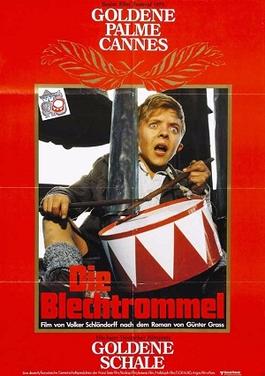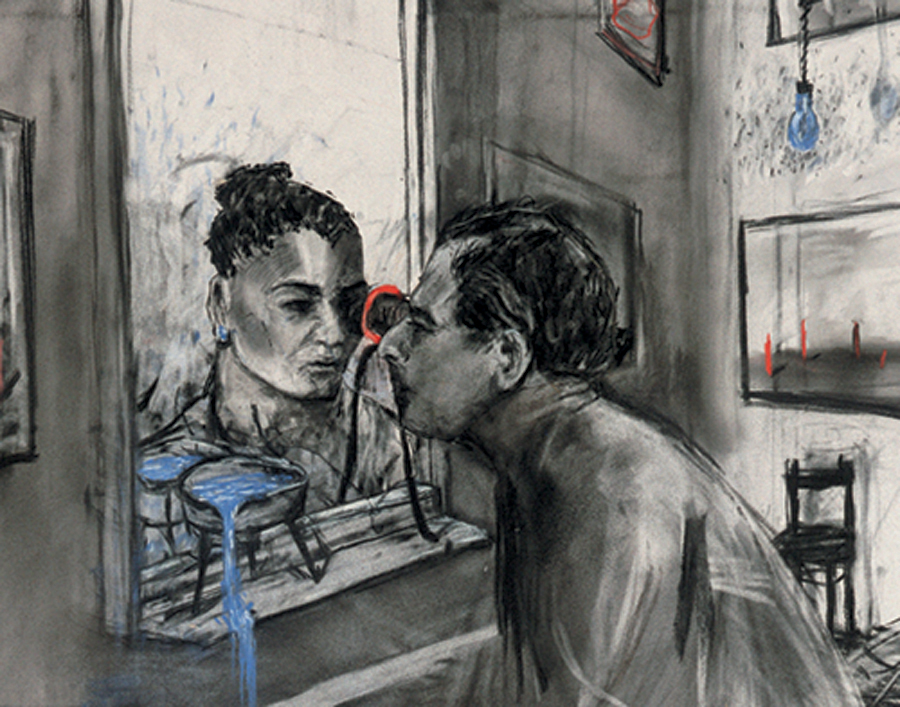Antz (1998) made by Dreamworks Animation was the second computer-animated feature film to be released.
A Bugs Life (1998) that was made by Pixar/Disney
Made in the unique style of finger painting with slow drying oil paints on multiple planes of glass, often working for days and nights without rest
An adaption of Ernest Hemingway’s story
The Old man and the sea has a very beautiful style of animation very different form other animations of the time, every frame looks like a beautiful painting. also the story and audio work very well with the Animation. However it is a little hard to watch after a while.


















































